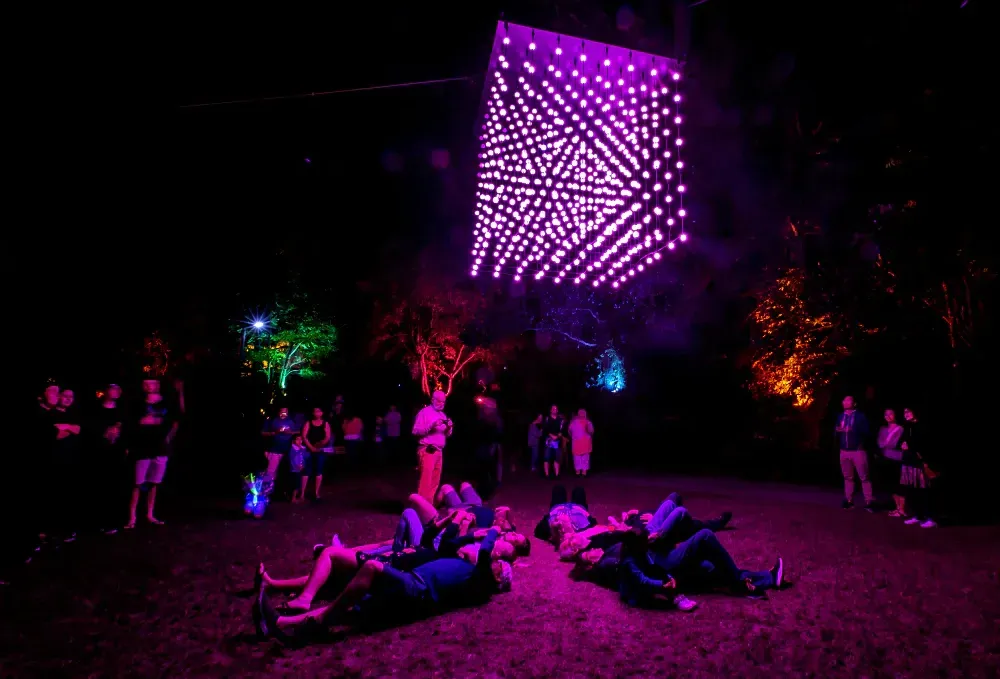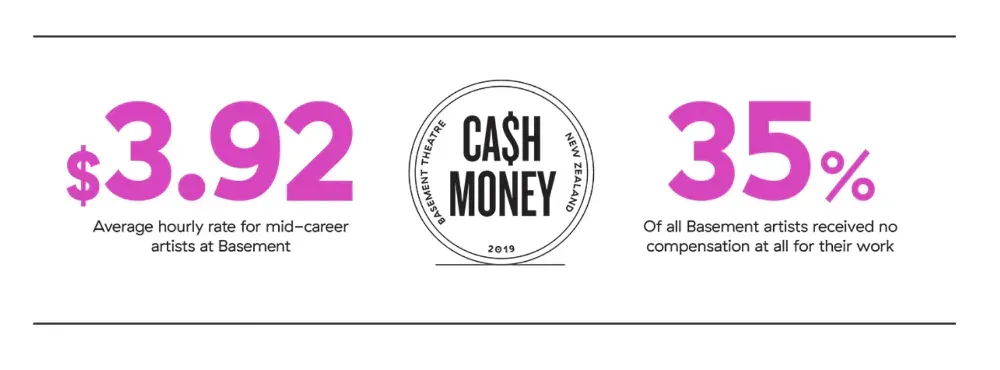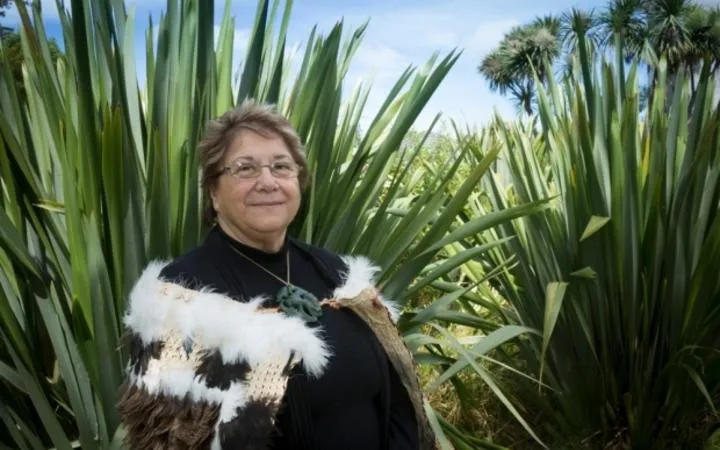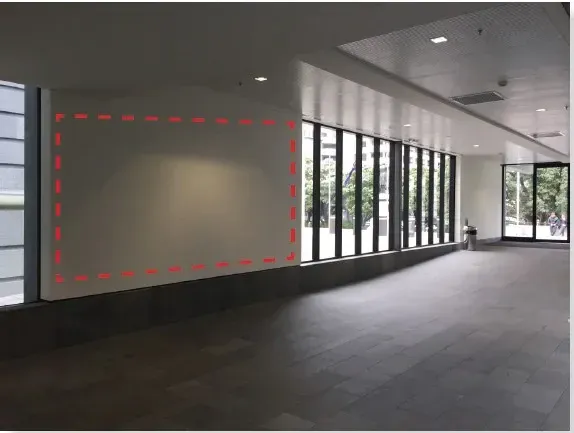Concern over creatives’ earnings and the ‘gig economy’
Written by
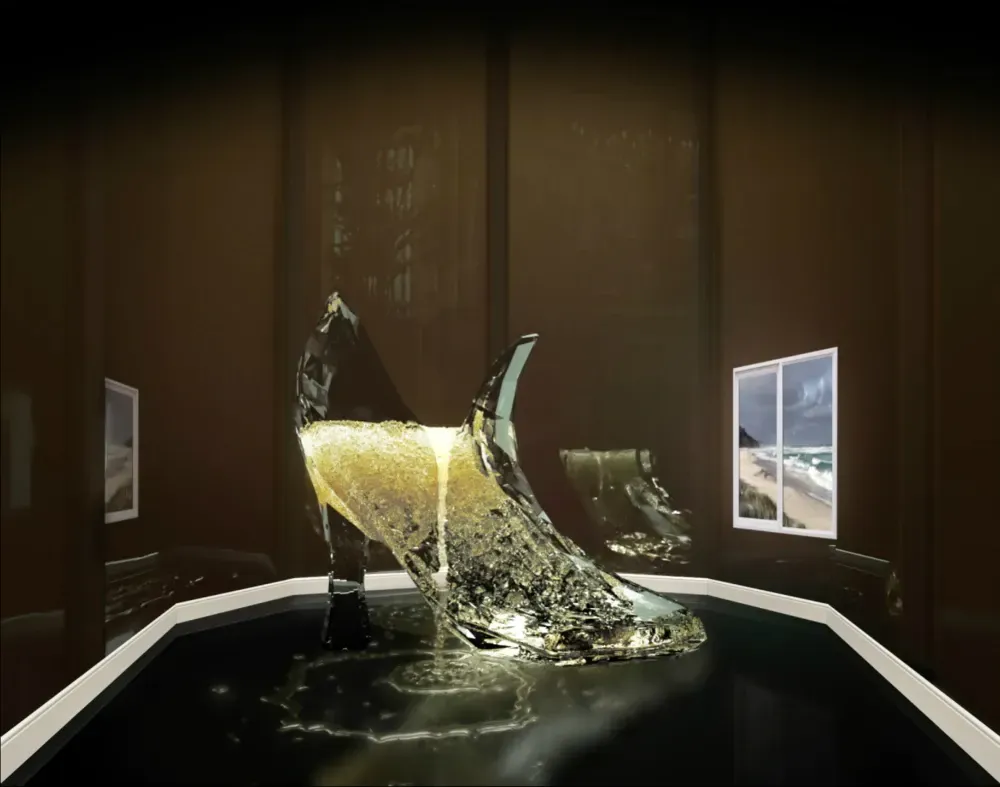
Paid a pittance
The Christmas/New Year period has seen concerns resurface about the state of New Zealand artists’ livelihoods. This follows last year’s Creative New Zealand and NZ On Air survey that found the median income for people in creative sectors was $35,700, including income from their "non-creative" side jobs.
Stuff political journalist Thomas Coughlan published an impassioned opinion piece on the issue at the start of the year. Coughlan argues that more can and should be done, noting the $120 million the government spent subsidising “a host of artistically questionable international productions made in New Zealand” in 2019 through the screen subsidy. He also raised the thorny issue of copyright protection - in 2017, the Government went against the publishing industry in signing the Marrakesh Treaty, loosening copyright rules. Expect copyright across the arts to be a big 2020 issue, and the government’s interest in accessibility for the arts to go head-to-head with the opposing need to grow artists’ livelihoods.
Coughlan’s piece followed theatre critic James Wenley’s end-of-year wrap up for Theatrescenes, in which he criticised the ‘work for free while you’re new’ philosophy that pervades the arts. He praised Auckland’s Basement Theatre for publicly documenting stats from their 2018 season and publishing an artists’ survey. The survey found that theatre professionals did so much work for free, their median income worked out to be $3.92 per hour.
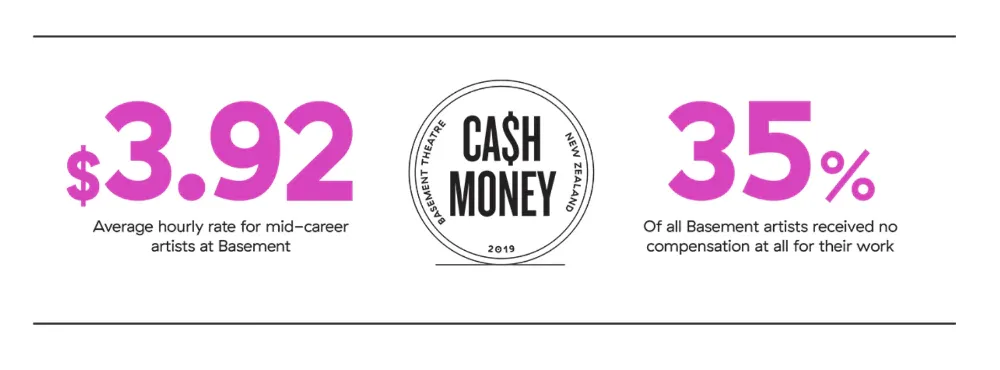
Basement figures from 2018.
What this leads to, across the arts, is a ‘gig economy’ — an events and web-based culture that needs peopling by talent for small amounts of work. Arts writers and editors know this all too well, as this brave and thoughtful piece on suffering burn-out by Lana Lopesi on Pantograph Punch illustrates. It’s called ‘Living, or just surviving?’
Shake a bucket
Hearts and minds are with Australia at the moment and, as the bushfires take both a mental and physical toll, it’s worth taking a moment to consider the role of artists. The arts act as both critic and conscience while also providing a salve for wounds. Australian comedian and actor Celeste Barber’s fundraiser has broken Facebook records, drawing in $50 million from over a million people at last count. Meanwhile, actors Russell Crowe and Cate Blanchett have used their platforms to publicly link the bushfires to climate change. Perform and, as they say, shake a bucket.
Investigation Blocked
The investigation into allegations of harassment against the New Zealand curator who would have otherwise been the new director of Auckland Art Gallery, Gregory Burke, has now been blocked according to this TVNZ story (alarmingly, no other news media picked the story up).
It’s reported that a Canadian judge has ordered the case be removed due to the significant delays in its investigation. In a statement to One News, Burke commented that “In a thorough review of the facts and investigative process, Justice Brenda Hildebrandt confirmed that ‘there were no statements containing sexual content nor any overt acts of gender or sex-based discrimination alleged in the complaint.” He adds: "I look forward to resuming my career in 2020”.
Start planning your Oscars viewing party
In international NZ arts news, Anthiony McCarten is up for a Best Screenplay Oscar, his fourth nomination for The Two Popes. There’s been a ton of recent interviews with McCarten about the film, including this piece in Variety. This year he goes head-to-head with another New Zealander, Taika Waititi, who is up for six Oscars for Jojo Rabbit. Book the date, February 9.
Finding a Home
With the security of a six-year contract with Creative New Zealand (as reported by Artbeat), Ōtautahi/Christchurch contemporary art space The Physics Room has moved into more permanent premises in the historic Christchurch Arts Centre. It opens January 28th with a touring version of Gus Fisher Gallery’s superb The Shouting Valley, including work by Turner Prize co-winner Lawrence Abu Hamdan and Hoda Afshar’s Manos Island portraits (more on this below).
At the same, The Physics Room are holding their latest itinerant partnership exhibition at Nelson’s The Suter Art Gallery, a response by three Ōtautahi-based artists to Suter’s Sympathetic Resonance contemporary survey show. Their annual magazine Hamster was launched in December. The digital edition is here.
The Shouting Valley includes one of my favourite works from 2019, Cushla Donaldson’s ‘501.VO2’’. This moving image installation features a slowly-rotating giant glass slipper, gleaming in the light like a sublime iceflow and filling with what might be either champagne or urine (quite the poetic late-capitalist symbol). The image is intercut with text messages from New Zealand detainees snuck out from Australian detention centres (Julie Hill spoke to three detainees last year on The Spinoff). The work was commissioned by The Physics Room for the 2018 Melbourne Art Fair.
Donaldson and Abu Hamdan’s work are the inspiration for a book Through That Which Separates Us with numerous contributors, to be launched at The Physics Room in February.
Summer Events
The most popular arts event of January is surely the annual festival of lights held in New Plymouth’s magnificent Pukekura Park, running until February 1, with some 9,000 people there on New Year’s Eve alone. Video and documentation of the works on the festival website is impressive.
Meanwhile in Wellington, the pink tape has started going down for the return of ‘The Pink Line’, a project which first appeared a year ago as part of Wellington’s festival of live arts, The Performance Arcade. A line with various excursions,runs for two kilometres along the waterfront. It’s an explorative design project providing alternative navigation and connection to different events and sites of significance. In response to feedback last year that it was confusing, organisers have said they are working to create “a really clear story” this year. We’ll report back in a few weeks when its laid. It ‘runs’ until mid March with new elements added over time.
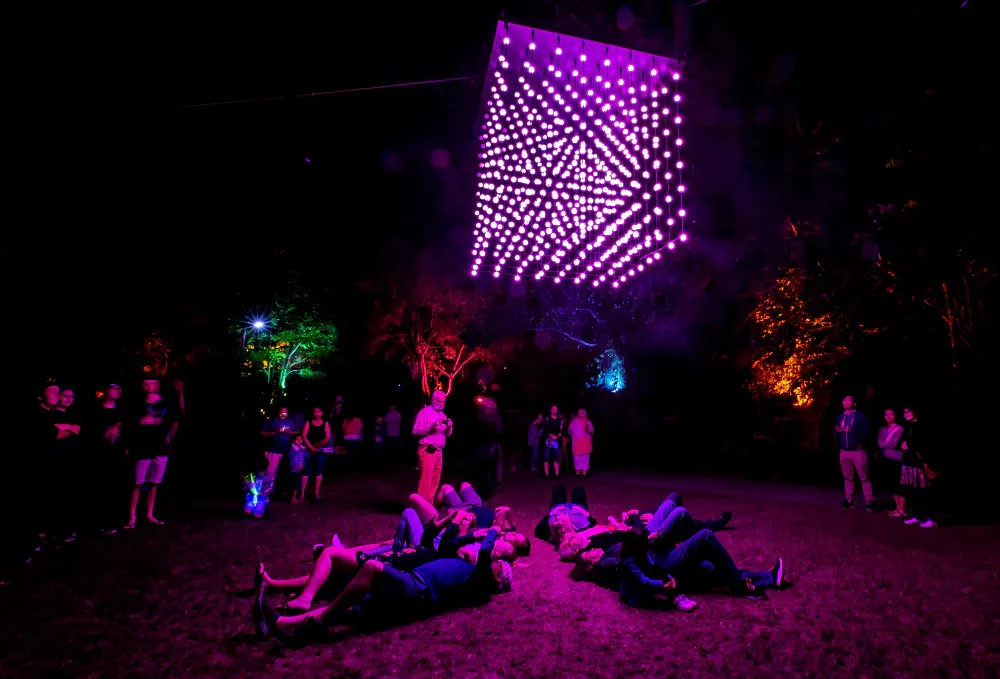
Festival of Lights. Supplied.
A house in Hamilton East with a remarkable four-decade history as a centre for artists (and equally remarkable indoor-outdoor flow) is likely to be demolished, unless an urgent public call for its preservation succeeds. Stuff do a good job of painting the picture with this video and story. The eight-bedroom villa on Memorial Drive has been a haven for artists and community on the margins during the birth of local icons as the Fringe Festival and McGillicuddy Serious Party. As I write, a petition to Hamilton City Council to save it already has 1500 signatures. A request has been put in for an investigation with Heritage New Zealand, and a proposal to turn the house into an arts and community centre proper. The battle between heritage and property development in Hamilton East is covered in this Stuff story.
New Year’s Gongs
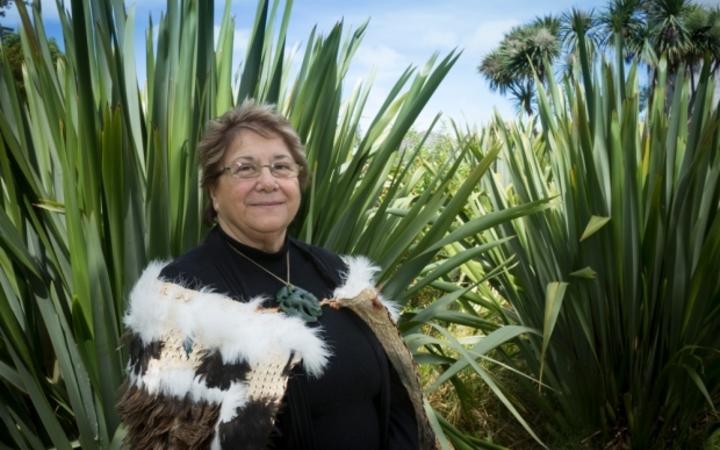
Ranui Ngarimu. Supplied.
Artists who made the The New Year Honours List 2020 included Parris Goebel, who is New Zealand's entertainment and cultural curator for Expo 2020 Dubai, and will choreograph Jennifer Lopez’s Super Bowl halftime show in February (NZ Herald interview); and the seemingly unstoppable dance choreographer, teacher and playwright Jan Bolwell (Otago Daily Times story). Also on the list is Scilla Askew, the driving force behind SOUNZ Online and many other initiatives for New Zealand music; former Rip it Up editor Murray Cammick; DJ and writer Karyn Hay; and New Zealand International Film Festival founder Bill Gosden.
Weaver Ranui Ngarimu, past Chair of Te Roopu Raranga Whatu o Aotearoa—Māori Weavers New Zealand, became an Officer of the New Zealand Order of Merit (RNZ interview here), as did writer Dr Keith Overdon who has had a significant impact on the development of the New Zealand Portrait Gallery. The full honours list can be read here.
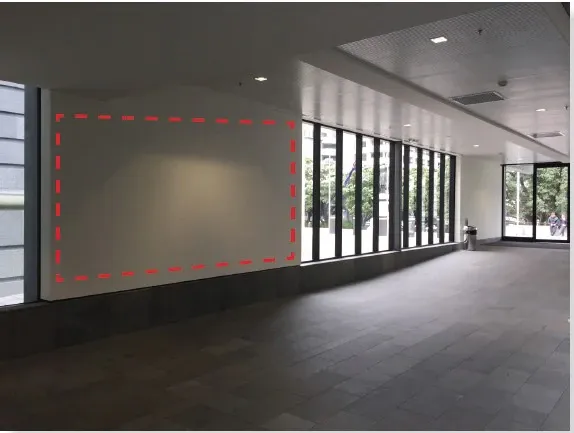
And speaking of parliament, open call-outs for public art commissions are back! Parliament is commissioning a new artwork for the entrance to the Beehive (see image of location). The Parliamentary Service Commission Artworks Committee is seeking design proposals by the end of the month. MPs representing the different parties are on the committee, with New Zealand First’s Jenny Marcroft as current chair.
Great Reading
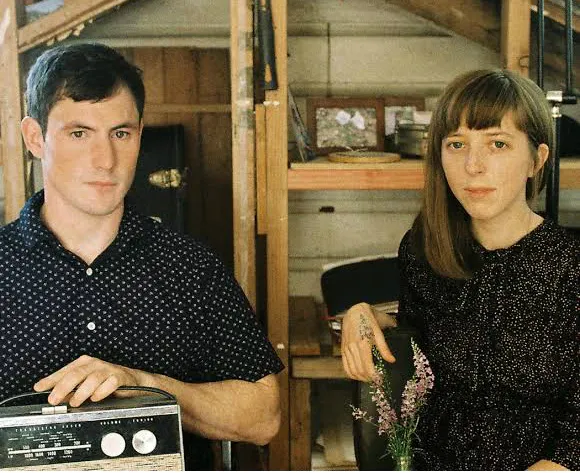
French For Rabbits.
Katherine Mansfield’s words are set to be bought to life by some of New Zealand’s most iconic musicians in a new album titled Mansfield. The project was conceived by singer-songwriter Charlotte Yates and will include Lawrence Arabia, The Bats, Lorina Harding, Julia Deans, Lontalius and Delaney Davidson as contributors. The last poem Mansfield ever wrote provided the lyrics for French For Rabbits’ 'The Wounded Bird', the first song to be shared via Under The Radar and Spotify from the album. The rest of the album is due February 20 and will be followed by concerts in June.
City Gallery Wellington uploads its videos to an occasional but strong Youtube channel. The latest is a six minute edit of a conversation held at the Gallery between Murdoch Stephens, artist Hoda Afshar (The Shouting Valley), and writer Behrouz Boochani, not long after Boochani arrived from Manos Island care of Word Christchurch.
City Gallery also has an excellent blog with recent additions including an account by Jim and Mary Barr of a visit to Chicago’s The Stony Island Arts Bank, and the speech from Thomasin Harcourt at the opening of their current suite of exhibitions.
Word Christchurch, meanwhile, have the full 90 minute conversation between Boochani and John Campbell, alongside their excellent podcast channel of conversations from 2019 on their site.
A timeline of Aotearoa punk (1976-81) has been lovingly created by Simon Grigg, a man who played a key role in the scene. The fascinating, lovingly-made digital scrapbook can be found on Audioculture.
Russell Brown has been uploading content from the maverick early ‘90s magazine Planet, which he edited, on Public Address. Check out this piece by then-Headless Chicken Rupert E Taylor interviewing the legendary Quentin Crisp from the summer of ‘93.
Finally, at the end of last year I hosted a series of discussions on RNZ’s Standing Room Only with some brilliant artists and writers from the year that was. You can hear all four here, featuring Carla Van Zon, Tayi Tibble, Sam Brooks, Lyne Pringle, Tama Waipara, Dione Joseph, Rachael King, Francis McWhannell, Matariki Williams, Claire Mabey, Pip Adam and Warren Feeney.
